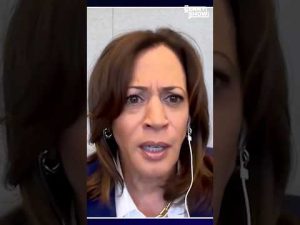In the ever-changing media landscape, the last couple of decades have witnessed a transformation that seems almost radical. The commentary on the evolution—or perhaps devolution—of media impartiality highlights a shift from subtle bias to blatantly partisan coverage, largely exacerbated by the advent of Donald Trump on the political stage. It appears that when Trump arrived, he did more than just stir the pot; he seemed to throw the entire kitchen into turmoil. This change reflects a pivot from being guardians of facts to being players in the political arena, amplifying their agendas rather than remaining neutral observers.
Originally, media bias was perhaps less overt, a quieter undercurrent that hinting at partisanship but did not fully embrace it. With the introduction of Fox News, the media ecosystem underwent a seismic shift. Roger Ailes recognized an existing liberal slant and positioned Fox as its counterbalance, filling a gap that resonated with a substantial audience disenchanted with mainstream narratives. Instead of recognizing and correcting their biases, many outlets appeared to double down, reinforcing their ideological stances in response to this conservative surge.
Trump’s presidency threw media biases into even sharper relief. The term “Trump Derangement Syndrome,” often used satirically, signifies the all-consuming obsession many outlets seemed to develop with him—not purely out of love or admiration for his opponent, Joe Biden, but seemingly out of a sheer aversion to Trump himself. Some commentators describe how narratives appeared to focus more on undermining Trump rather than potentially questioning Biden’s capabilities. It’s almost as if journalistic impartiality was sacrificed at the altar of preventing a second Trump term.
Looking beyond Trump, the future of media remains uncertain. While figures like Trump were a catalyst, the underlying issues of media bias predate him and will likely persist beyond his influence. The real question is whether media institutions can recalibrate, adopt a model that values fairness and honesty, and resist becoming so disoriented by political figures that they stray from their primary mission: informing the public objectively.
Speculating about the future of political media in a post-Trump world, one can anticipate new figures who might evoke the same level of media frenzy. The pattern suggests a cyclical trend where the media finds its next focal point of contention. The sentiment is that future politicians could be judged more harshly and critically, perhaps echoing the biases that became so pronounced during Trump’s era. Ultimately, the hope is for a media landscape that strives for balance, capable of navigating beyond the biases to truly serve the public interest.







